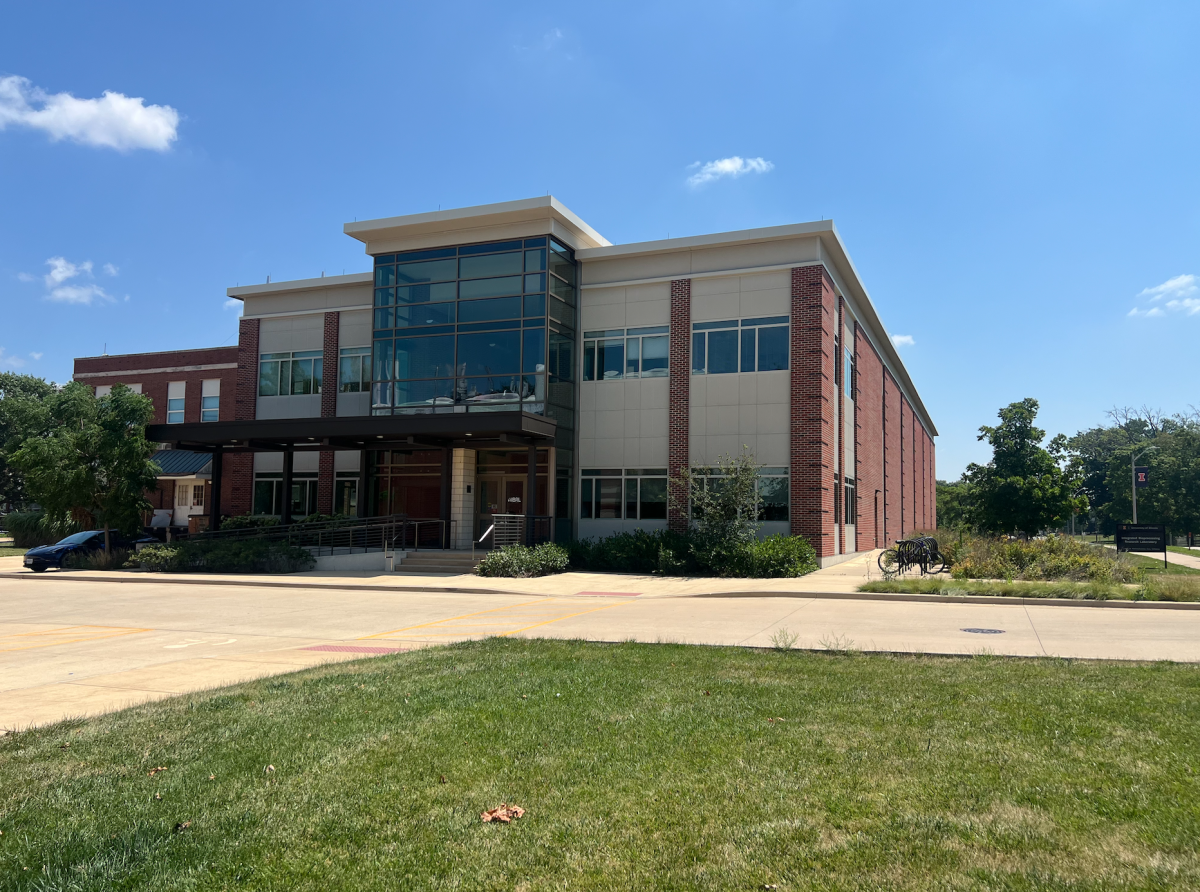University of Illinois professors Manuel Enrique Hernandez and Richard Sowers, in collaboration with James R. Brasic, professor at Johns Hopkins and New York University, have published a study demonstrating how a low-cost, wearable sensor could help people with Parkinson’s monitor their symptoms.
According to Hernandez, associate professor in the Department of Biomedical and Translational Science, this project has been in the works for almost five years.
“Even as far back as five years ago, we were starting to think a little bit about some of the benefits of using sensors that would be wearable and on the person at all times,” Hernandez said. “We had COVID that came and just transformed my world perspective in terms of how things could get done. And this is where we saw really a huge jump in terms of our ability to be able to do some of these things that seemed very far-fetched.”
According to their paper, “A Deep Learning Approach for Automatic and Objective Grading of the Motor Impairment Severity in Parkinson’s Disease for Use in Tele-Assessments,” published in the journal “Sensors” on Nov. 6, 2023, the study “found a 12.2% improvement in accuracy after expanding the training dataset and pre-training using max-vote inference on hand movement tasks.”
The sensors were tested on 28 participants, with 20 of the subjects having Parkinson’s and the other eight being healthy older adults. They suggest that future studies have larger sample sizes and include data from healthy young adults.
Get The Daily Illini in your inbox!
These sensors are not only important for people who are already diagnosed with Parkinson’s, who will now be able to monitor their symptoms to show their doctors to help with their disease management and treatment, but they will also help those experiencing symptoms get an accurate diagnosis.
There is currently no cure for Parkinson’s, and, for similar neurological disorders, there are often no medicinal treatments available. These sensors can help patients more accurately self-manage their own symptoms in addition to providing their doctors more insight into their treatment.
“When you look at the world around us, there’s more and more sensors with which we can measure the body and various things that the body is doing at finer and finer resolution,” said Sowers, professor in Engineering and the Department of Mathematics. “And all of the conclusions that we draw from that really are based upon research and to ensure that the conclusions that the user is drawing are as reliable as possible and give good advice.”
Hernandez added that projects like those that tackle the treatment of neurological disease would not be possible without collaboration.
“In terms of collaboration and team science, for a lot of health-related questions, you really do need to come together across many different disciplines to be able to see problems in a new light,” Hernandez said. “That is really part of the mantra here at Illinois.”










